Pirate
TPF Noob!
In looking for a new photo dedicated printer I'm getting confused with the dpi thing. I mean I'm not stupid, and I know that the better the dpi on the camera means more vivid, more detailed, well just plain a better photo. However (and here is my confusion) the printer that I am looking at is 9600x2400dpi. Ok so that's good, and I realize that photos with film is printed just around 300dpi. But the better and more expensive Epsons the dpi varies, but is significantly lower than the 9600x2400. I guess that my question is simply how do lower dpi printers print better photos. And I consider Epson the standard.


![[No title]](/data/xfmg/thumbnail/41/41893-f4e56dae79851bac6e79639bcf9e7473.jpg?1619739934)

![[No title]](/data/xfmg/thumbnail/35/35264-5ade32b7036391926536661aeb7491c3.jpg?1619736969)


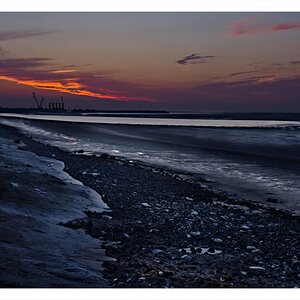
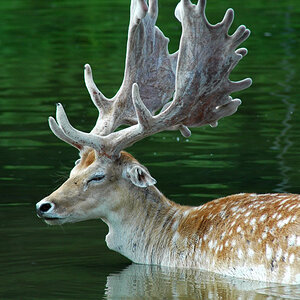

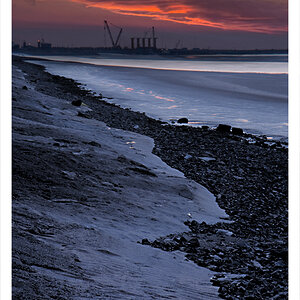
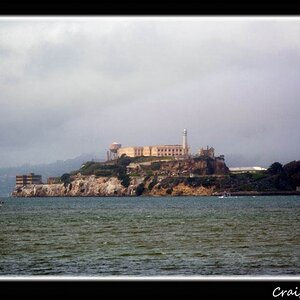
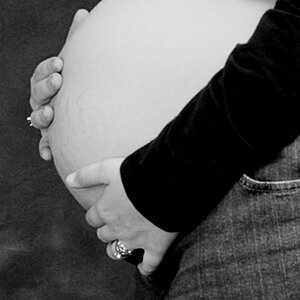
![[No title]](/data/xfmg/thumbnail/35/35263-86f580cf5d28d23109a45984030a79ad.jpg?1619736968)